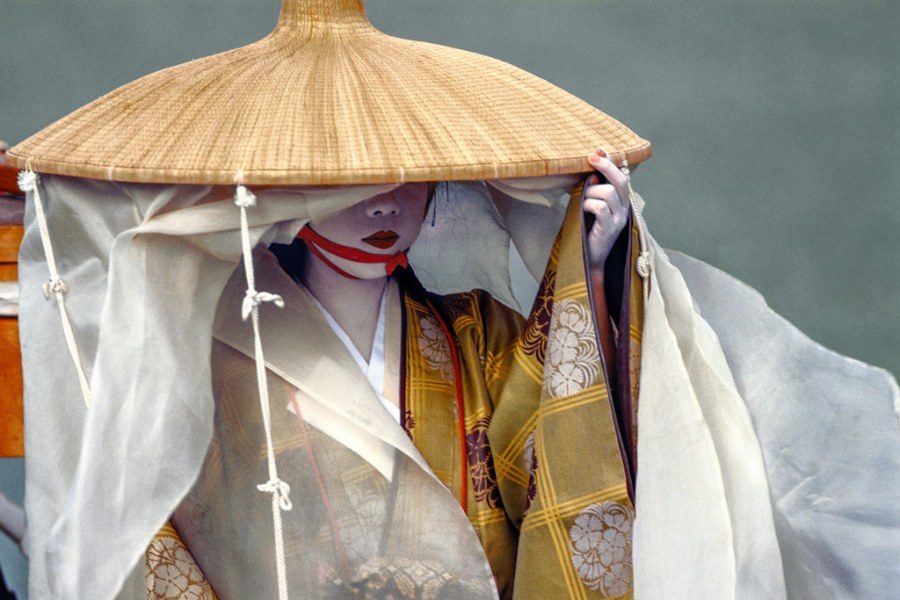Eminent documentary photographer Jodi Cobb’s career spans four decades. Her projects have included the traditionally closed geisha culture of Japan, the hidden lives of Saudi Arabian women and global human trafficking.
Jodi was one of the leading exhibitors at the Xposure photo expo in the UAE, where she met up with deputy editor Geoff Harris.
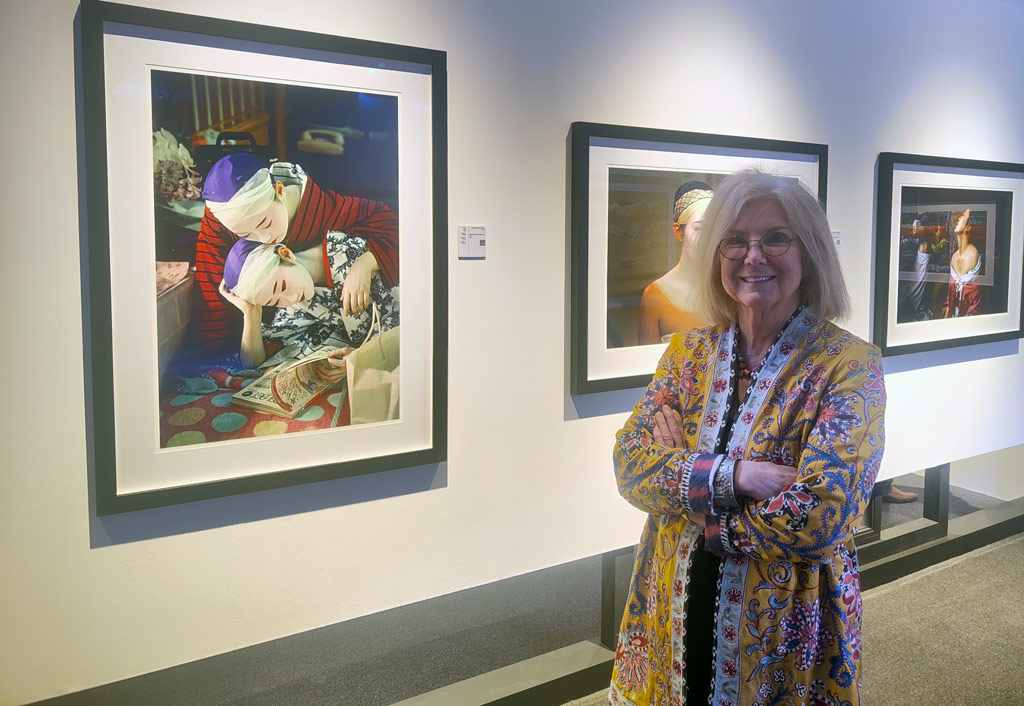
Jodi Cobb at the Xposure photo expo
You were the first woman to be hired by National Geographic as a staff photographer in 1975. What was it like being the only female photographer on the books?
Well, it was very challenging! All the editors were male, and I had to prove myself all the time – show that I could do all things that guys could do. It was like ‘we can’t send a woman, she’s going to get dirty and it’ll be too hard!
I had to do a bit of everything – sports, adventure, landscapes – and I wasn’t able to specialise for a long time. I had to fight every day just to be recognised.
Do you think the situation for women documentary photographers is better now?
I don’t know what the situation is like now on the magazine but I am sure it’s much better, as there’s a big push for diversity in the media generally. There are no staff photographers on National Geographic any more, however, everyone is freelance.
There are now women than men in photography schools, which is obviously a positive thing. Several organisations are helping women documentary photographers get started too, which is great. If media outlets want to use more women documentary photographers, they need to go out and find them, as they are out there.
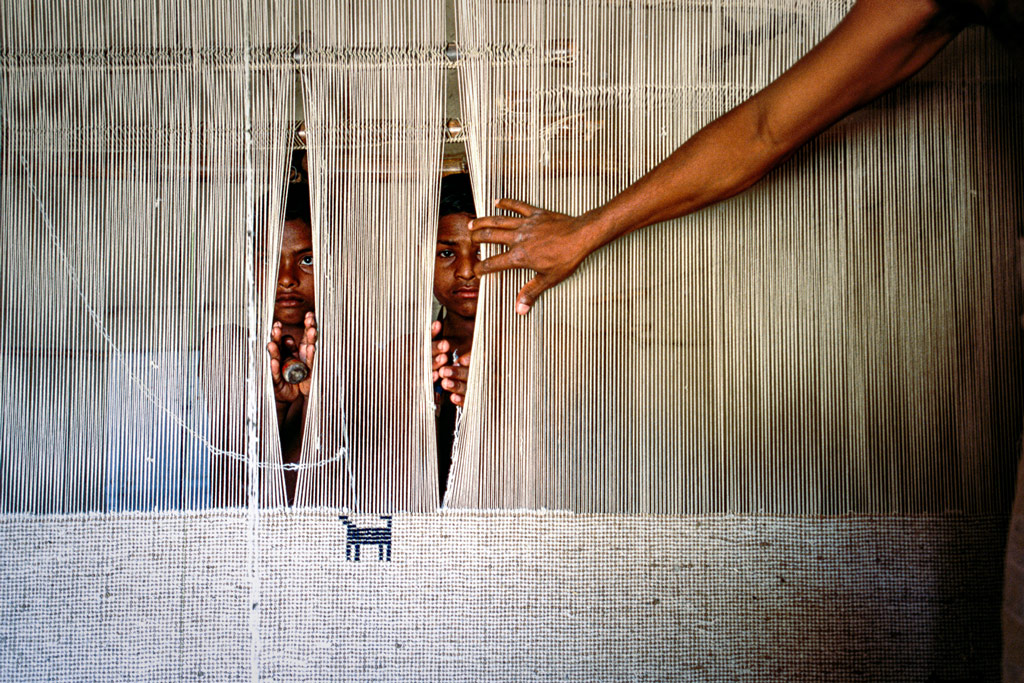
Child labourers on a carpet loom, Varanasi, India. Credit: Jodi Cobb
You’ve worked on a lot of important projects, but which ones are you the most proud of?
It is 21st Century Slaves, my project on the tragedy of human trafficking, which I did in 2003. I was still on the staff at National Geographic at the time, and it was my idea. When they accepted the pitch, I panicked, as I had no idea how or if I could do it.
I began by going to Nepal and India, and the editors loved the pictures I brought back. In the end, I went to 12 countries, from Thailand to Israel to Guatemala, to Mexico, countries in Africa… The project covered child labour, including agriculture, organ selling, illegal adoptions, and, of course, sex trafficking.
The project took over a year and it was very well received, as it was an under-reported story at the time. It got a more positive response from readers than any other story published by National Geographic to date.
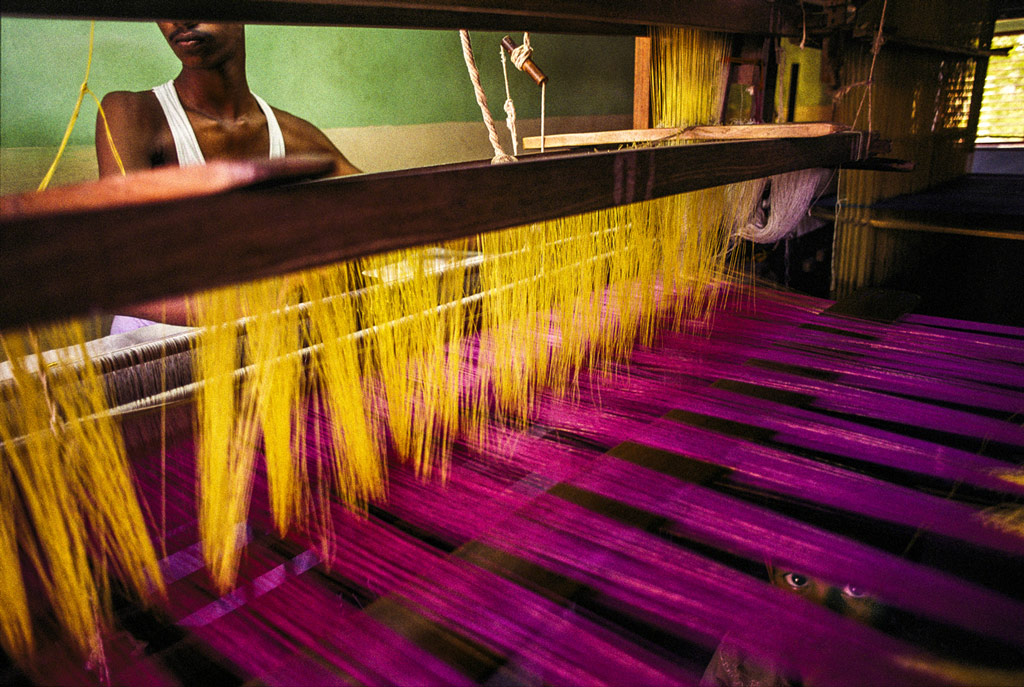
Child labourers on a silk loom, India. Credit: Jody Cobb
So you still think documentary images can have an impact, even in our image-saturated age?
Of course I do. We still have the capacity to be shocked by things that are happening, just look at the war in Ukraine. It’s a few years old now, but the picture of the detainee standing on a box at the Abu Ghraib prison brought about a lot of change.
The Secretary of Defense at the time said that it changed US policy. The difference now is that more media outlets are reluctant to publish ‘difficult’ photos for fear of offending readers. But readers should be more offended by the actual events that are happening, not the images of them.
I also worry that with the popularity of smartphones, people are losing faith in the idea that images are real and true. That is why who publishes the image is important – we need trusted media outlets to curate the photography, rather than the wild west of social media. And who knows what will happen when AI comes along, it could change everything.
The human trafficking project must have taken a personal toll…
Yes, it was a year of unrelenting effort and involved a lot of research. I went out seeking evil every day and finding it, so you lose your faith in humanity. I must have been pretty naïve to start off with, and had no idea about the things I would see, but the effort was worth it
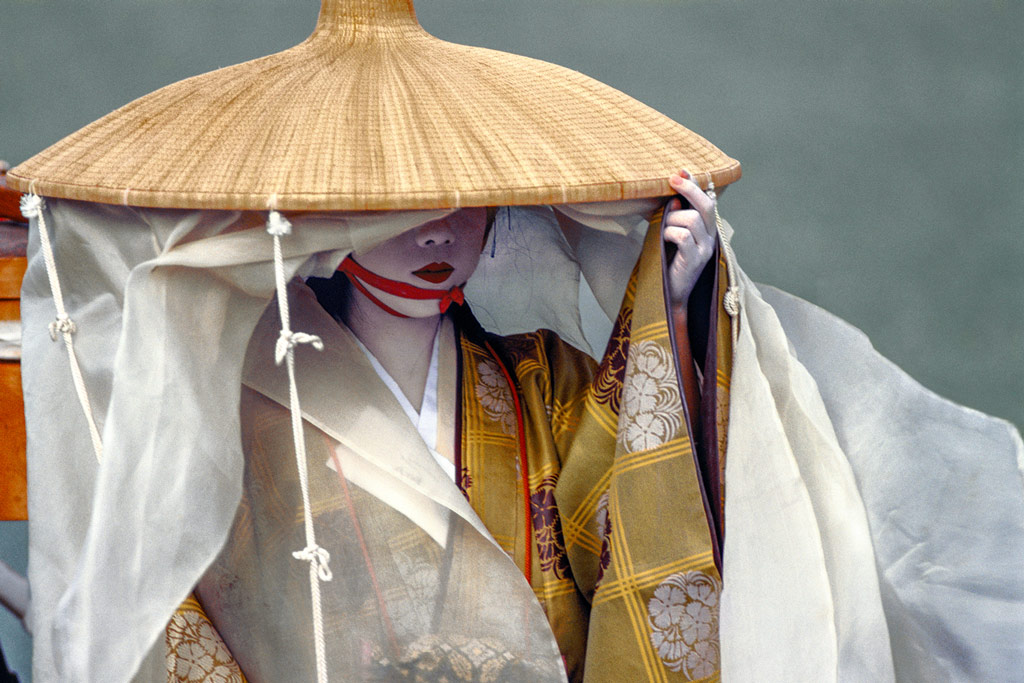
Geisha at the Festival of the Ages, Kyoto, Japan. Credit: Jodi Cobb
You’re also celebrated for your project on Japanese geisha, which sounds like it was another challenge, though not as emotionally demanding?
It was essentially impossible! (laughs). I did some geisha images for a book called A Day in Life in Japan in 1985/6, and one of my images ended up on the cover.
The then head of Kodak saw the work and he gave me a grant, which enabled me to spend six months shooting the geisha over a three-year period. National Geographic originally weren’t interested, hence the need for the Kodak grant, but they ended up buying the serial rights. It was a painstaking process to win the trust of the geisha and I had to start with just one and then get more contacts, but again it was very rewarding.

Geisha smoking, Kyoto, Japan. Credit: Jody Cobb
What cameras and lenses are you currently using?
I’ve been using Nikons every since my father gave me one on my college graduation. The company has been very good to me. I am currently using the Nikon Z7 and Z7 II, with the 24-70mm and 200-400mm lenses, which I find I can use anywhere.
What advice for you have for documentary photographers keen to follow in your footsteps?
It’s a whole different world from when I started out. First, learn how to run a business, there are no (or very few) staff jobs in photojournalism. So, you are going to be doing it yourself, or you need to find the people who will do it for you.
Then find a creative community and build links with people who will be interested in your work. Also, find a mentor – somebody who will help you and take a personal interest in your work. Lastly, be nice. People will hire you if you make life easier for them or solve a problem.
What projects are you currently working on?
I am working on a retrospective book, featuring 40 years of work, and it’s taking a long time. I don’t think photographers should allowed to write! The Geisha book was fun, but when it came down to writing the truth about myself, that is much more challenging!
Best women photographers: an alternative history of photography
Opinion: we need great photojournalism more than ever

